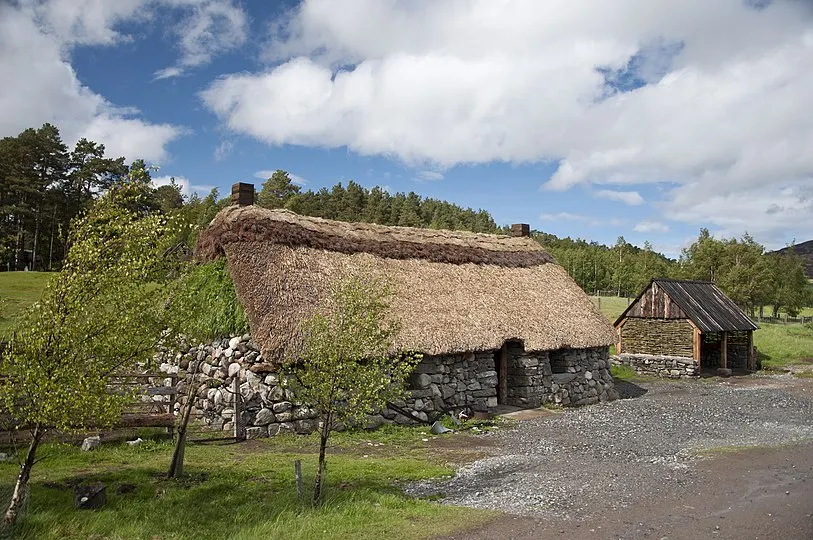The Glorious Twelfth
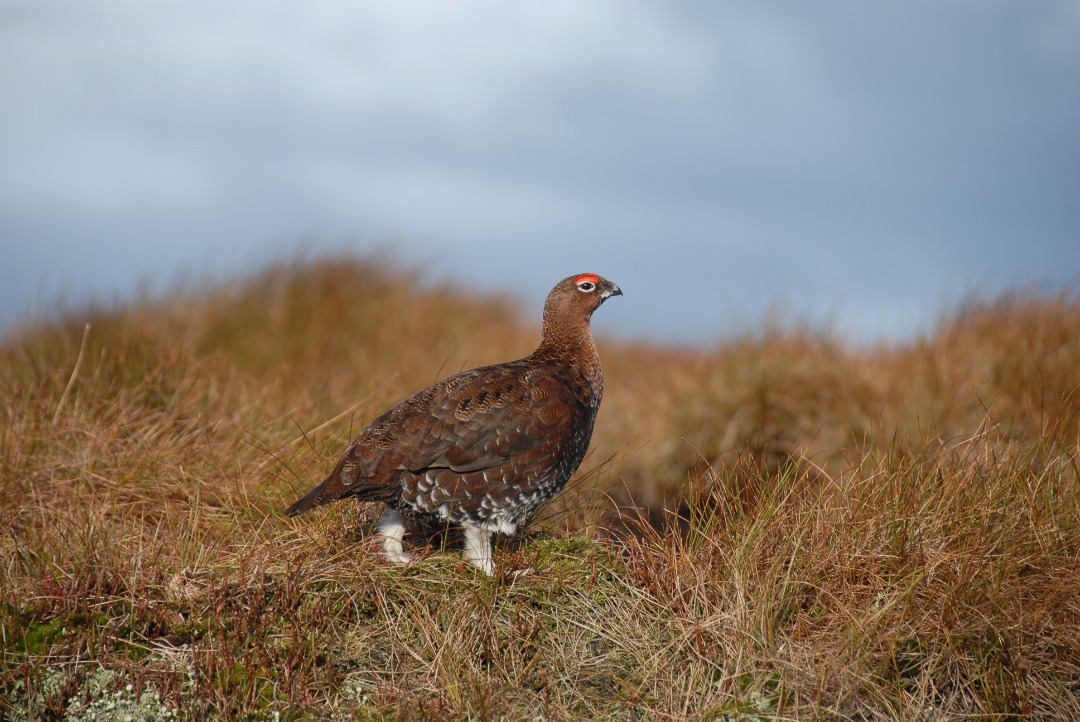
In 1831 in great Britain and Northern Ireland the Game act was passed to allow the commencement of the shooting season on the 12th of August. The Game, in this case, was one of Britain’s fastest flying birds the Red Grouse. Capable of 0- 80 mph in very few seconds.
Add to the mix, the ptarmigan so for 189 years now, the Glorious Twelfth has been an integral part of the social calendar.
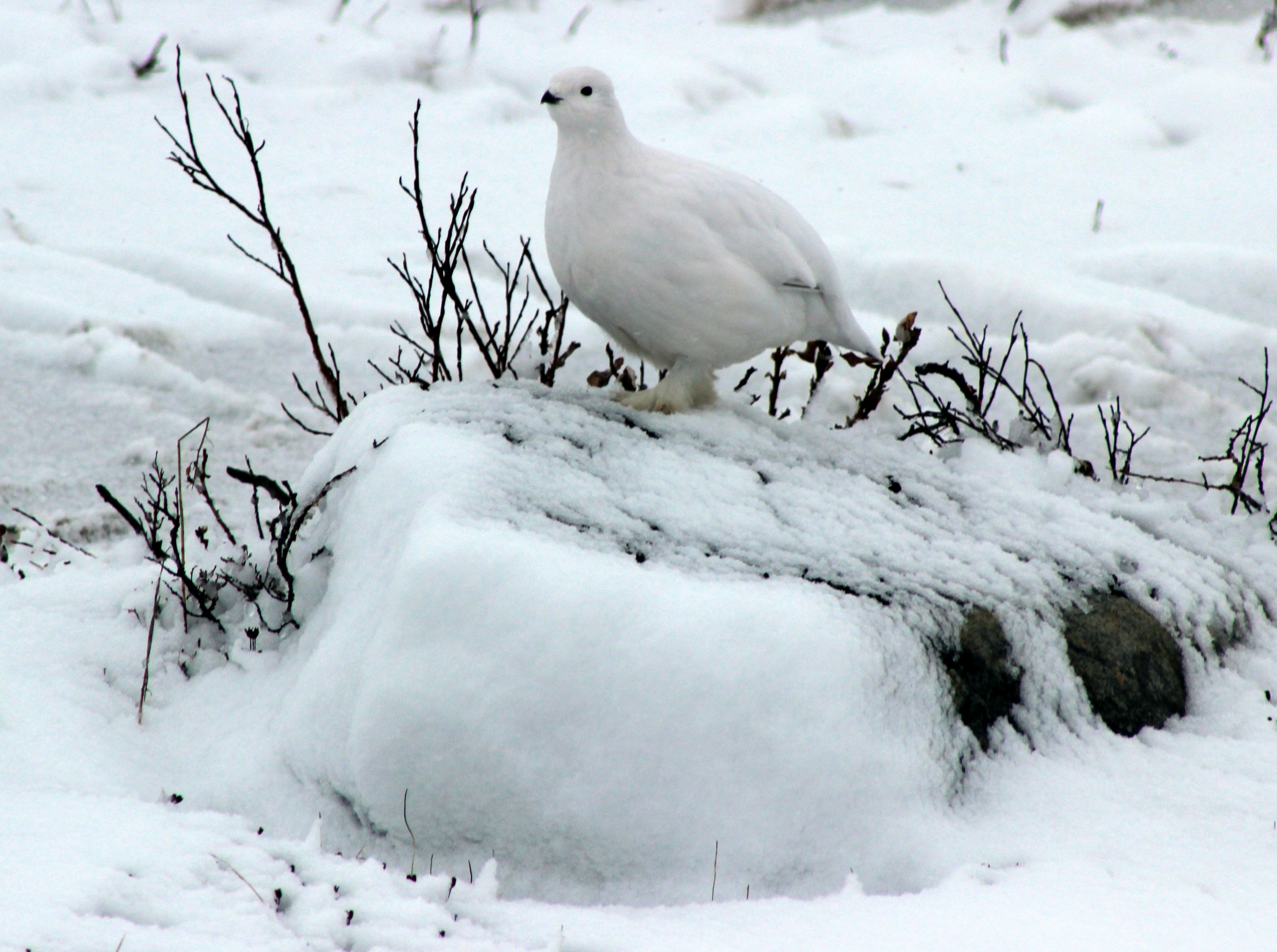
Social that is if you have the wherewithal to join in on a shoot in Northern England’s or Scotland's moorlands. Together Scotland and England have around 550,000 acres of grouse moors. Although it’s more commonly associated with the Scottish Highlands, grouse are also shot on moors in Northern Ireland and Wales and England’s Peak District.
Shooting days are priced per gun with some fairly eye-watering fees, (for ordinary mortals) and more than a few of this years expected 40,000 participants will be ‘double-gunning’
There is one exception to this date and that is in the years when the 12th falls on a Sunday. Under the severe ‘Presbyterian’ theism that envelopes Scotland, together with the late Georgian English law ‘No hunting on a Sunday. The 12th is postponed to the following Monday - the 13th.
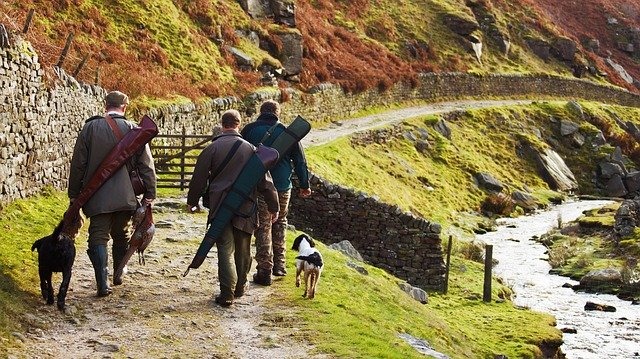
For the rest of Britain’s game, there are further dates to observe, the most popular being the 1st of September with pheasant and woodcock on 1st October.
On average there will be up to 700,000 grouse, worth an estimated £61m brought down throughout a season by a barrage of expectant Guns drawn from all over the world. It is also fair to say grouse numbers vary hugely as they are not ‘farm-bred’ but naturally nurtured and protected by estate game-keepers. It is fair to say this is one of Scotland's most lucrative industries.
Shooting parties usually amount to eight to ten Guns who stand in a line in the butts. These are hides for shooting spaced 20-30m apart and screened by turf or a wall.
Guns must follow a code of conduct, governing their behaviour on the moor for both safety and etiquette. The birds are driven towards the Guns by beaters or by flushing birds into flight by dogs.
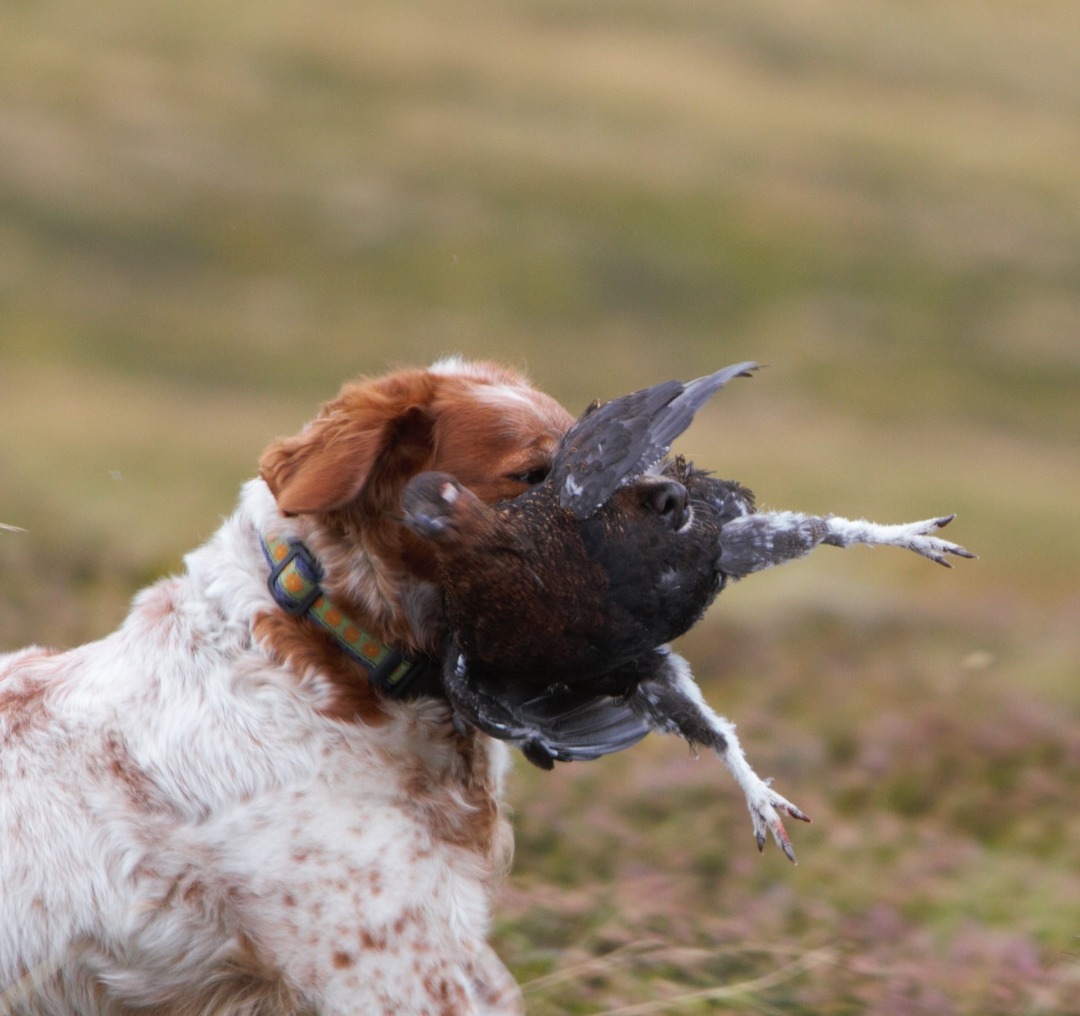
Traditionally then there is the race to get the first grouse from estate to plate. The Estate being any old bit of moorland from ‘oop Noorth’ to a dinner plate in London.
Today at dawn assorted convoys of vehicles were champing on the bit ready to speed the first avian fatalities to helicopters, trains, and fast cars the fastest possible journey to London.
2018 saw the first restaurant supplied in just ten hours. The first brace was bagged in County Durham at 0930, three hours later 38 birds more were loaded on to a Range Rover and delivered to a specialist Yorkshire butcher, from there having been prepared began the 290 or so mile journey to the City arriving at 1800 and served up 45 minutes later.
Diners can expect to pay around the £85 per plate mark for the privilege though connoisseurs will insist the best grouse is allowed to hang for up to 7 days to enable bacteria to give the meat a more ‘Gamey’ taste
"Grouse are best hung intact and in the feather for four to seven days after shooting," insists food writer Gareth Jones who learned to load a shotgun for his grandfather as a boy.
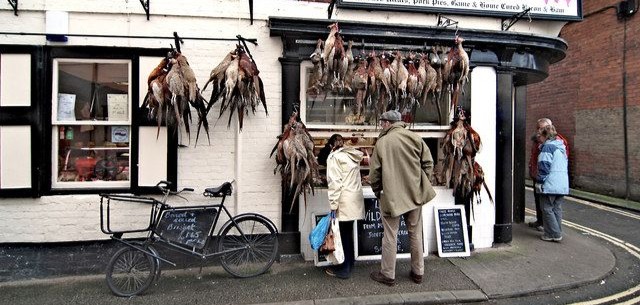
He is also quoted as saying "The hanging allows the bacteria to bring forward the full flavour of the meat. Fresh shot game birds, including grouse, are pointless to the serious diner. The fuss made of having fresh shot grouse expressed to central London to be on menus on August 12th is a pointless PR stunt. By August 20 they will eat better."
For those who prefer not to pay extortionate sums for a high-speed small chicken, a good butcher should supply them for about £15 per brace (pair) you’ll need a whole one per person.

